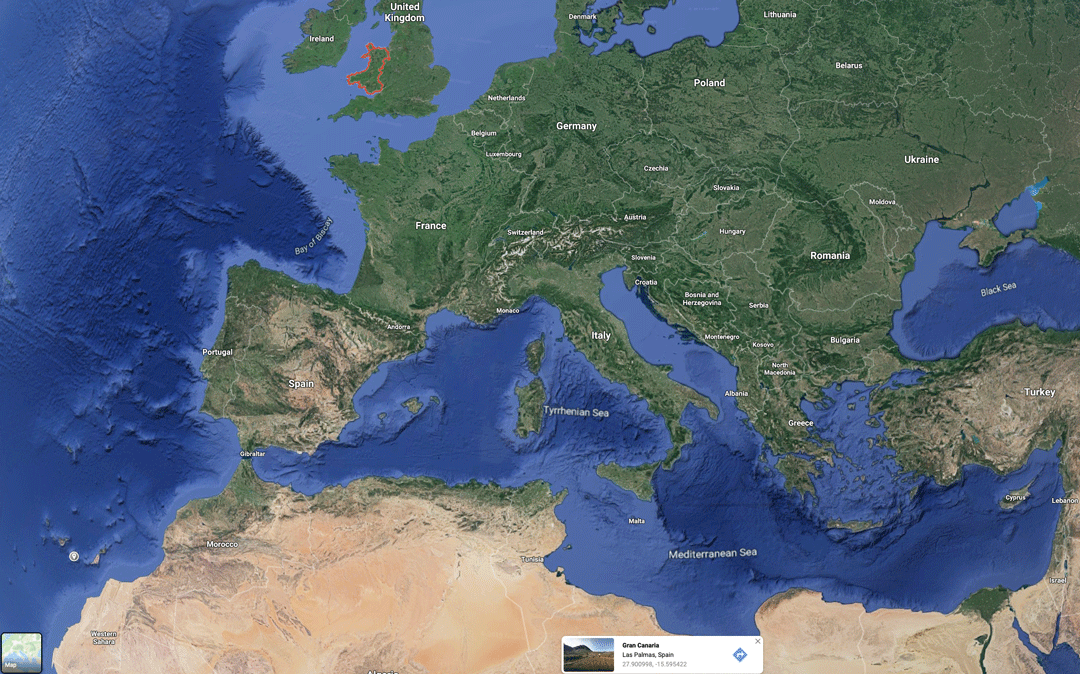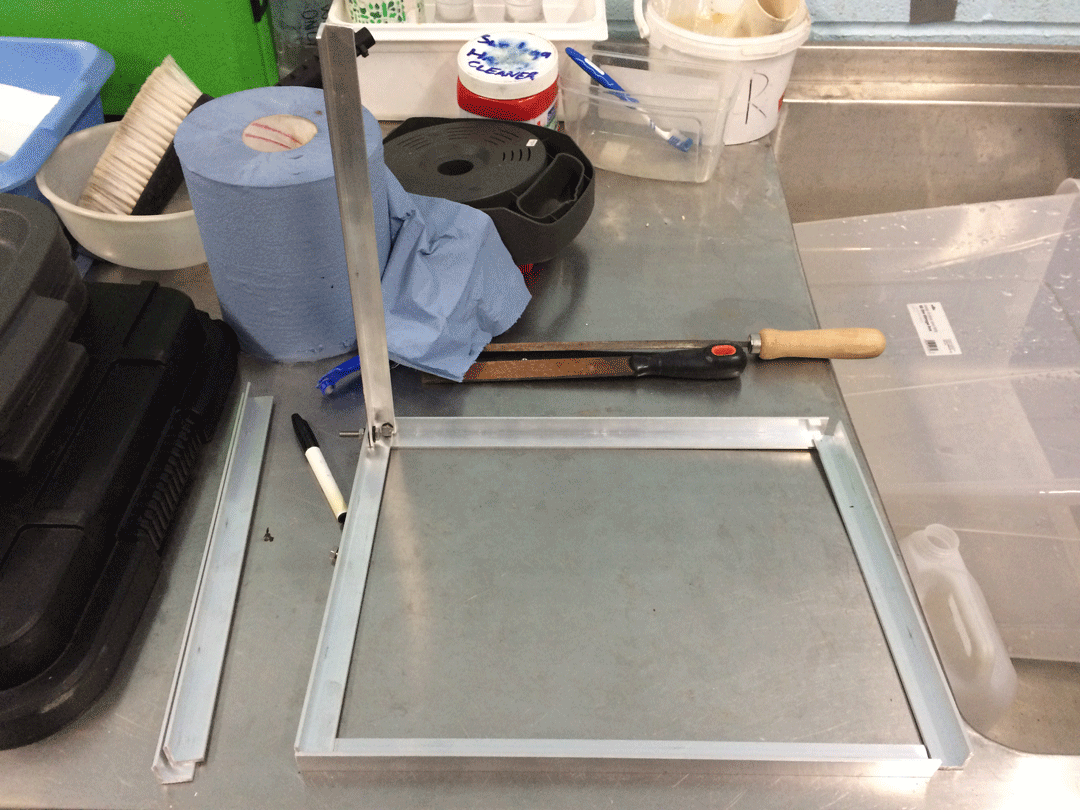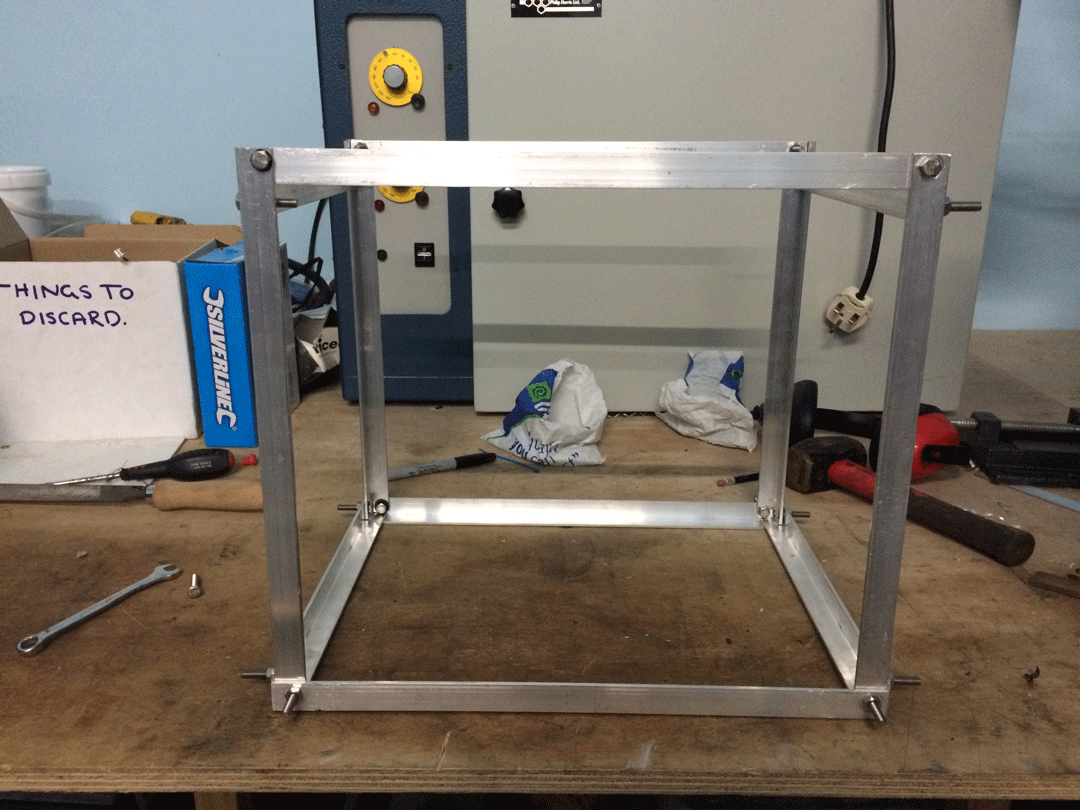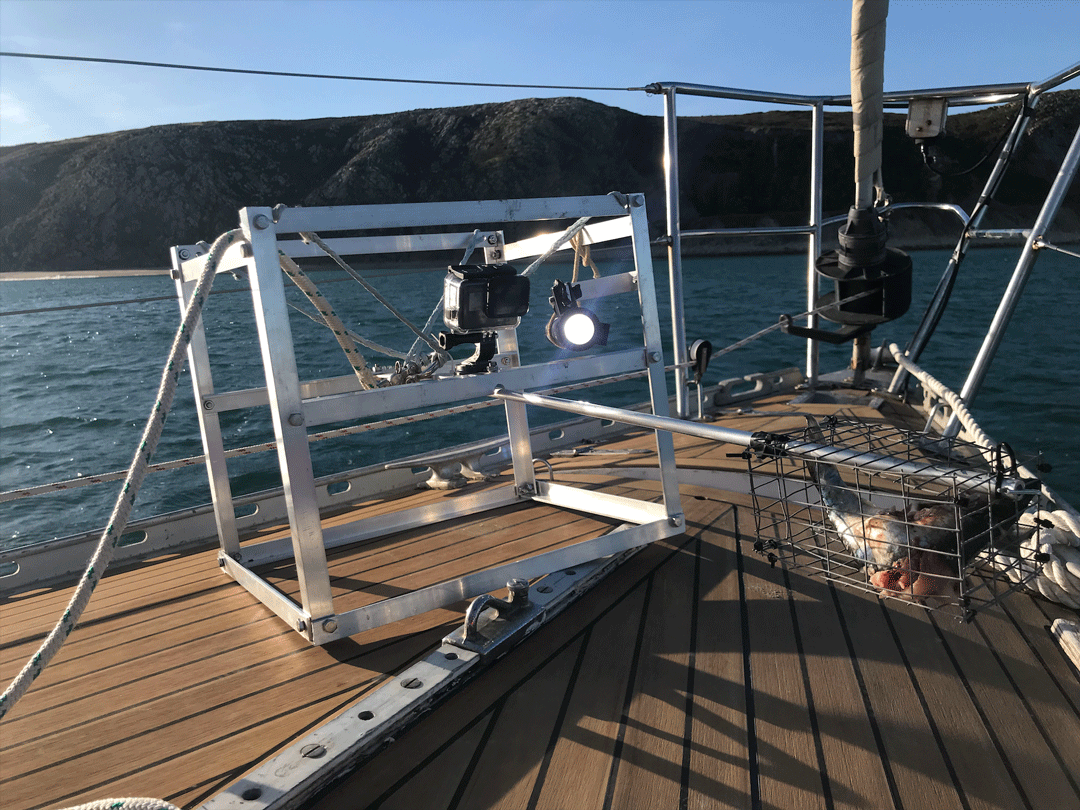Building Baited Cameras

Photo © Carlos Suarez | Océanos de Fuego
Angelsharks were once widespread across Eastern Atlantic and the Mediterranean Sea, the Angelshark has dramatically declined over the last 50 years and is now rarely seen across much of its historic range. The Angelshark is listed as Critically Endangered on the IUCN Red List, with the waters around the Canary Islands being the only place where they are frequently sighted. However, there have been an increasing number of Angelshark records off the Welsh coast in recent years. This shows Angelsharks are still present in Welsh waters; although the extent of the population is unknown, its presence here in Wales may be vital for the future of this iconic species. Currently, the only information obtained about Angelsharks off the Welsh coast is through accidental captures by fishers.

Map of Eastern Atlantic and the Mediterranean Sea. The Canary Islands are indicated by a grey pin on the bottom left of the map. Wales (Welsh coast) is outlined in red near the top of the map. Image © Google Maps | Google
This Save Our Seas Foundation project is trialling the use of Baited Remote Underwater Video Systems (BRUVs) to monitor Angelsharks and improve understanding about their ecology across their range. The use of BRUVs will be carried out off the Welsh coast in locations where Angelsharks have been historically and recently recorded in collaboration with Angel Shark Project: Wales. BRUVs will then be deployed in the Canary Islands which is currently the stronghold for Angelsharks in order to validate the technique. However, before planning the fieldwork the BRUVs needed to be designed and built.
Building BRUVs
When coming up with a design for the BRUVs we knew it was important that they needed to be designed in a way that they could be flat packed so that they could be taken between Wales and Canary Islands. Therefore, we decided to make the BRUVs out of aluminium so that they were light enough to be flat packed but also strong.

Assembling the BRUVS frames. Photo © Jake Davies

Assembling the BRUVS frames. Photo © Jake Davies
After hours in a workshop, we created 6 frames that were light and could be dismantled and made into packs that can be put in suitcases.

All BRUVS frames assembled. Photo © Jake Davies
BRUVs design trial
Before carrying out the surveys we had to carry out trials to ensure that the frames were correctly weighted, and the cameras and lights were providing the best field of vision. On the first calm evening of May, we headed out to one of our highlighted locations and deployed the BRUVs. It was a success; the currents were strong at the site, but the camera didn’t move and picked up a variety of species which are found off the Welsh coast.

BRUVS on the deck. Photo © Jake Davies
Planning Surveys
Once we had the BRUVs ready for deployments we then had to design a fieldwork plan, identifying the key areas to deploy the BRUVs from the most recent Angelshark data. Also considering the unpredictable weather off the Welsh coast. Therefore, we decided that during the sampling period we would have to keep an eye out for calm weather windows around the scheduled survey dates and have back up sites if the weather suddenly changes. With the BRUVs built, locations identified and a keen team we were ready to deploy BRUVs to gain footage of Angelsharks off the Welsh coast.
